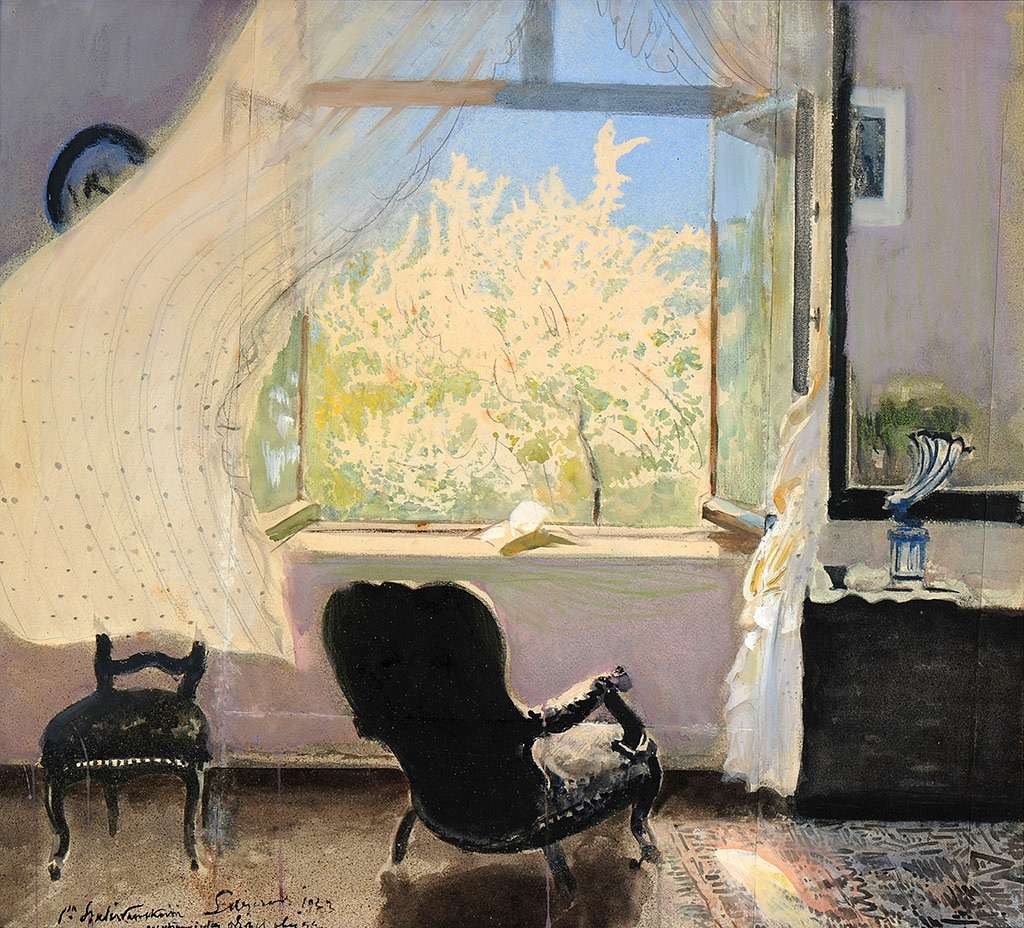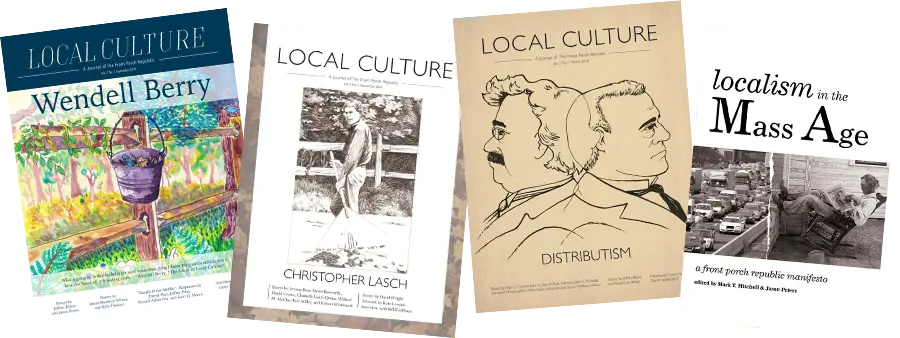With my head on my pillow, I can hear it clearly. The soft, smooth sound of their little ghost wings rubbing together in unison. The notes Do Re, Mi Re, over and over. As I concentrate on the melody, the low droning sound of some part of our house enters the piece, adding a depth I hadn’t realized was missing. I listen for several minutes and then shift in bed. When I place my head back down, the music is gone. Now I can only hear our baby’s sound machine, the fan, and our toddler’s monitor creating a triangle of white noise around me.
I’ve heard the ghost cricket orchestra only a few times before. An unmistakable, clear and distinct melody that sounds like tiny violins in the distance or somehow right inside my ear. There’s no telling what night it will appear, and no explanation for why I’m hearing it. Maybe it’s a pattern of frequencies in our white noise that I can only hear if my head is on my pillow just right. Maybe it’s entirely in my imagination. Or maybe it really is an orchestra of tiny, invisible crickets, serenading me as I make the valiant effort to fall asleep, knowing our baby sleeping in his bassinet next to me could wake up needing me for sustenance or comfort at any moment.
As a singer/songwriter and music teacher, you might say I have a lot of experience with listening. In my students’ voices, I can hear things like if they need to relax their tongue, if their sound is back in their throat or resonating forward, and if they need to create more openness in their mouths. Rather than just hearing singing, I hear how their body is working for or against them, how their emotions are playing into their sound, and what might help them sing more freely and openly.
Listening, especially like this, is a funny thing. It’s very distinct from hearing. When my toddler is playing with his construction site Duplo set it may very well be that he hears me tell him it’s time for lunch—five times—but it’s certainly true that he isn’t listening. What Pauline Oliveros calls deep listening, a concept she explored through musical scores that read like poetic prompts in her book, Sonic Meditations, on the other hand, is intentionally taking in not only all of the sounds around us, however mundane, but their relationship and their meaning. By listening in this way, we can grow in our understanding of ourselves and others and the world around us.
For example, one of Oliveras’s sonic meditations reads: “Take a walk at night. Walk so silently that the bottom of your feet become ears.” Another is familiar if you’ve ever been a child (or larger person) repeating a word until it sounds ridiculous and nonsensical: “Listen to a sound until you no longer recognize it.” Oliveras hoped these meditations would bring people a heightened sense of awareness and a more relaxed inner state.
Once we are listening in this way, it’s true that we can notice so much more. However, we should not stop at a new appreciation for sounds we once took for granted, or even at a more profound understanding of our environment. Once we are listening deeply, there is yet something in all the noise to actually hear.
When the prophet Elijah stood at the edge of the mountain, he heard many incredible sounds—a great wind, an earthquake, a fire. No doubt there was much to notice and reflect on in all of them. But it was the gentle whisper, the “still, small voice” that was the voice of God.
What does a still, small voice say? What do we hear in a gentle whisper? And how do we remember to listen for it, in our ever-noisier world? There are at least a few ways that I’ve been able to discover this soft voice speaking to me.
The first is the way of love. When we listen, our other senses partake as well as our hearing. I can see grief on your face even as I hear it in your voice. I can feel you shift away from or toward me even in the dark. From the word choices of someone I love I can gauge if they are tense, relaxed, or curious. More than that, I can hear, in my own heart and mind, a voice I couldn’t call my own telling me when I’ve done something, even unintentionally, to hurt someone else or to hurt myself. I can ignore it, because its sound may be small and gentle, but I ignore it at my own peril, because its implication is far-reaching and all-knowing. The soft voice says, love your neighbor.
Another is the way of truth. We all may have varying degrees of what we call “common sense,” but we all know what it is, and we all hopefully have some of it. When we test out reality with an experiment—think of a child seeing if their pretend wings really will allow them to fly off the couch—the truth nudges (or slams) us back. When we take a chance and tell a lie, its complications and reverberations whisper to us that nothing is simpler than the truth. The soft voice says, tell the truth and live in it.
Lastly, the way of beauty. Artists have a unique way of listening. We like to see, hear, and explore what something is saying, what the heart of a piece of art or story or song is. We are sensitive to the world around us so that we can express something unique about it through our given medium. When I’m writing a song, a lot of what I’m doing is listening—not only to how what I’m playing or singing sounds, but to what should come next that until this moment has never existed, and even in that moment exists only like the ghost cricket orchestra must, in the ear of my mind and soul. In this way I feel like my songs don’t really come from me, but from somewhere and someone else. The soft voice says, create, as you were created.
If we are willing to listen, even in silence, or even in chaos, we might be able to learn what we are listening for. Not just a deeper connection to our humanity, or a meditative appreciation of existence, as lovely and important as those things may be. No, we are listening because someone is speaking. We are listening because at every moment and in every gentle whisper, something is being said.
I can recognize the sound of my baby’s cry, even if there are other crying little ones in the room. I can tell my husband’s voice from AI (at least, I’d like to hope, until the technology gets even more advanced and uncanny). Similarly, I know God’s voice through the ways of love, truth, and beauty that reverberate when He speaks. Like the ghost cricket orchestra, the intricate patterns of beauty, of love, and of truth appear to our listening hearts like a conversation with the one who most cherishes us, the one who knows us best and wants what’s best for us. May we quiet our souls enough so we may hear it.
Image Credit: Leon Wyczółkowski, “Spring” (1931) via GetArchive





